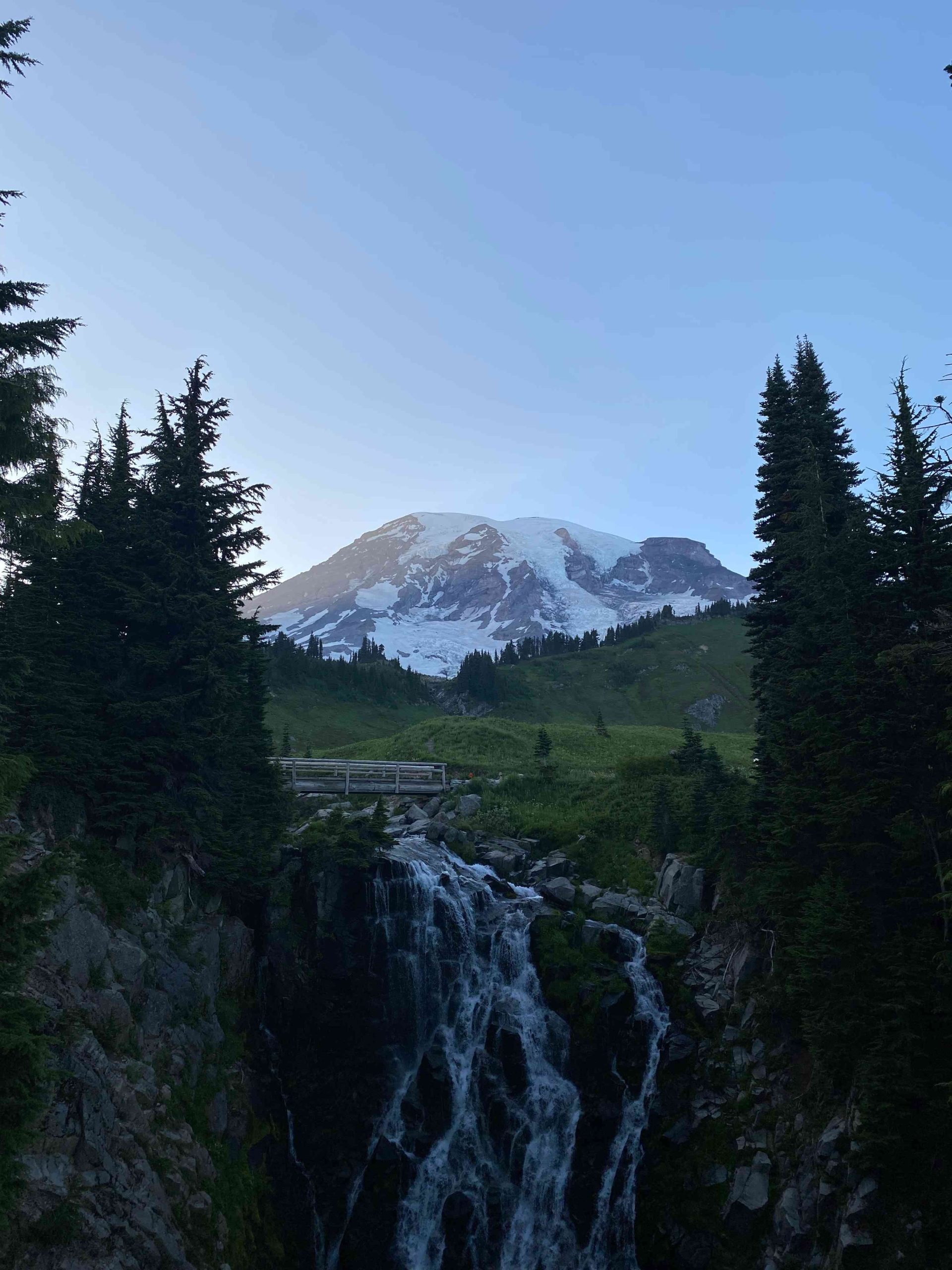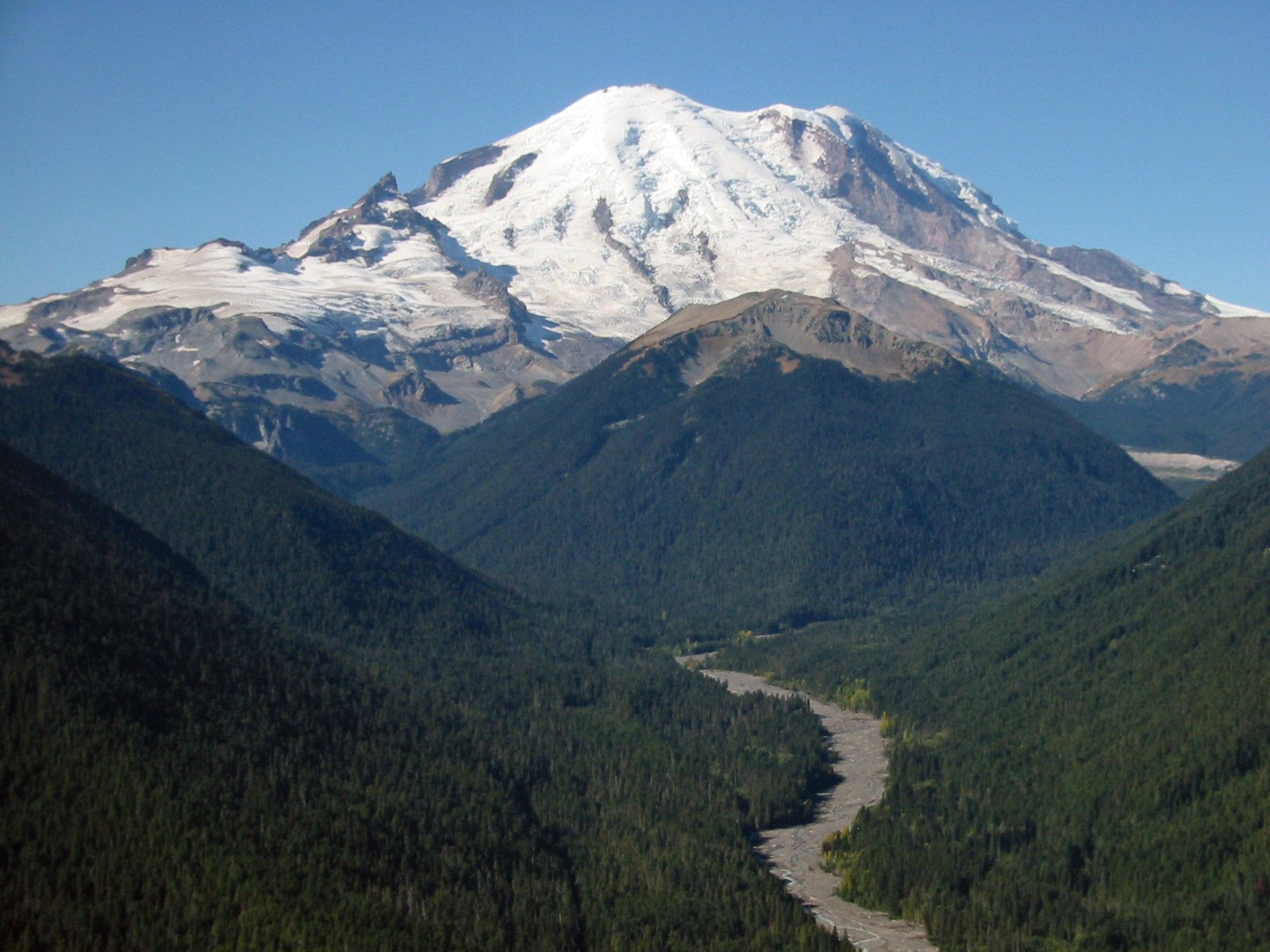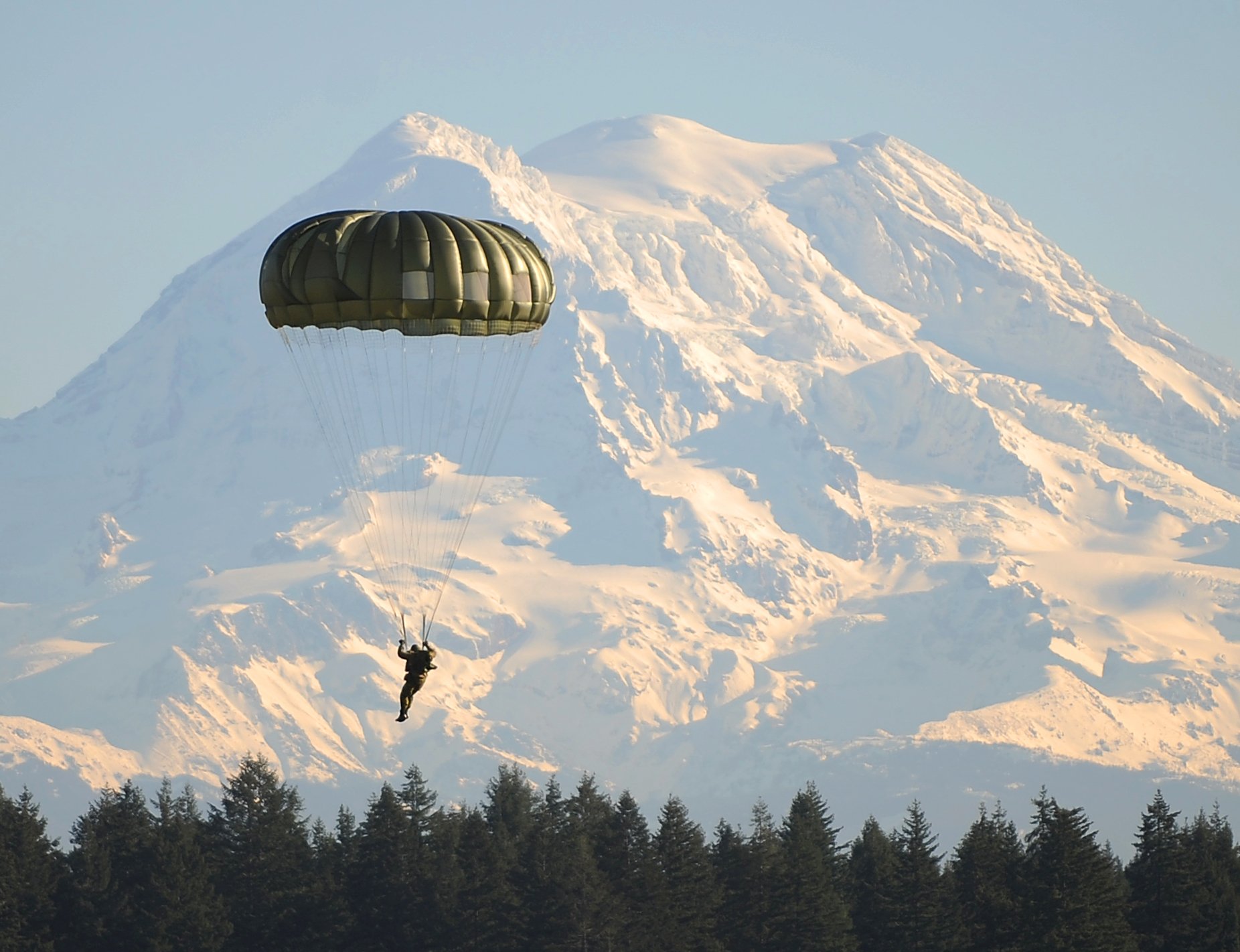Mount Rainier National Park, established on March 2, 1899, is a testament to America’s commitment to preserving natural wonders. The park’s history is rich with Native American heritage, geological marvels, and conservation efforts. From its volcanic origins to its designation as the fifth national park in the United States, Mount Rainier has captivated visitors and scientists alike. This article delves into the fascinating history of this iconic landmark and its journey to becoming a protected national treasure.
What Were the Origins of Mount Rainier National Park?

Mount Rainier National Park’s establishment was the culmination of a six-year campaign by Washington state lawmakers. The effort began in 1893 and involved introducing legislation in six consecutive congressional sessions. Support for the park’s creation came from a diverse coalition:
- Scientists
- Mountaineers
- Business interests
- Conservation organizations (e.g., Sierra Club, National Geographic Society)
These groups recognized the unique value of Mount Rainier’s:
- Glaciers
- Old-growth forests
- Diverse flora and fauna
The park’s creation marked a significant milestone as it was the first national park to be carved out of a national forest, specifically the Pacific Forest Reserve (later renamed Mount Rainier Forest Reserve in 1897).
How Did Native Americans Influence the Park’s History?

The history of Mount Rainier extends far beyond its national park status. Several Native American tribes have deep connections to the area, including:
- Cowlitz
- Muckleshoot
- Nisqually
- Puyallup
- Squaxin Island
- Yakama
These tribes have inhabited and utilized the region’s resources for over 9,000 years. In the Lushootseed language, the mountain was known as “Tahoma” or “Tacoma,” meaning “mother of water.” This name reflects the mountain’s crucial role as a water source and its spiritual significance to the indigenous peoples.
What Are the Key Historical Landmarks in Mount Rainier National Park?
Mount Rainier
At the heart of the park stands Mount Rainier itself, a 14,410-foot stratovolcano that dominates the landscape. Key features include:
- Highest peak in the Cascade Range
- Active volcano status
- 26 major glaciers
- 36 square miles of permanent snowfields and glaciers
- Two volcanic craters with geothermal heat
- Source of several major rivers (Carbon, Puyallup, Mowich, Nisqually, and Cowlitz)
Paradise Inn
Built in 1916, Paradise Inn is a significant historical structure within the park:
- Exemplifies rustic-style architecture of the National Park Service (1920s-1930s)
- Designated as a National Historic Landmark in 1997
- Listed on the National Register of Historic Places
Who Were the Key Figures in the Park’s Establishment?
John Muir’s Influence
John Muir, the renowned naturalist, played a crucial role in the park’s establishment:
- Visited Mount Rainier in 1888
- Advocated for the area’s preservation as a national park
- Helped shift public opinion from national forest to national park status
Legislative Champions
Several lawmakers were instrumental in pushing for the park’s creation:
- Washington state representatives introduced legislation multiple times
- Rep. William Doolittle provided assurances about funding to alleviate concerns
What Challenges Were Faced in Establishing the Park?
The road to establishing Mount Rainier National Park was not without obstacles:
- Financial Concerns:
- Some Congress members worried about the cost of administering the park
-
Rep. Doolittle’s assurance of not seeking federal funds helped overcome this hurdle
-
Corporate Influence Allegations:
- Claims were made about the Northern Pacific Railroad’s influence on the legislation
-
Railroad officials denied these allegations
-
Land Use Debates:
- Discussions about preserving the area as a national forest versus a national park
How Has the Park Evolved Over Time?
Since its establishment, Mount Rainier National Park has undergone various changes:
| Year | Event |
|---|---|
| 1899 | Park established |
| 1916 | Paradise Inn constructed |
| 1988 | 97% of the park designated as wilderness under the National Wilderness Preservation System |
| 1997 | Paradise Inn designated as a National Historic Landmark |
What Opportunities Does the Park Offer for Historical and Cultural Engagement?
Mount Rainier National Park provides numerous ways for visitors to connect with its rich history and culture:
- Wilderness Experiences:
- Hiking
- Climbing
-
Exploration of the park’s vast wilderness areas
-
Cultural and Historical Tours:
- Guided tours focusing on Native American history
-
Educational programs about the park’s establishment and development
-
Scientific and Natural Exploration:
- Observation of unique flora and fauna
- Programs on volcanism and glaciology
- Study of diverse ecosystems (old-growth forests, subalpine meadows, glaciers)
How Does Mount Rainier’s History Continue to Shape Its Present and Future?
The historical significance of Mount Rainier National Park continues to influence its management and visitor experiences:
- Preservation efforts focus on maintaining the park’s natural and cultural heritage
- Educational programs highlight the area’s geological and ecological importance
- Ongoing research contributes to our understanding of climate change and volcanic activity
As we look to the future, the lessons learned from Mount Rainier’s history guide conservation efforts and ensure that this natural wonder remains protected for generations to come.
References:
1. The Campaign to Establish Mount Rainier National Park, 1893-1899
2. Mount Rainier National Park established, March 2, 1899
3. Mount Rainier National Park – Wikipedia

